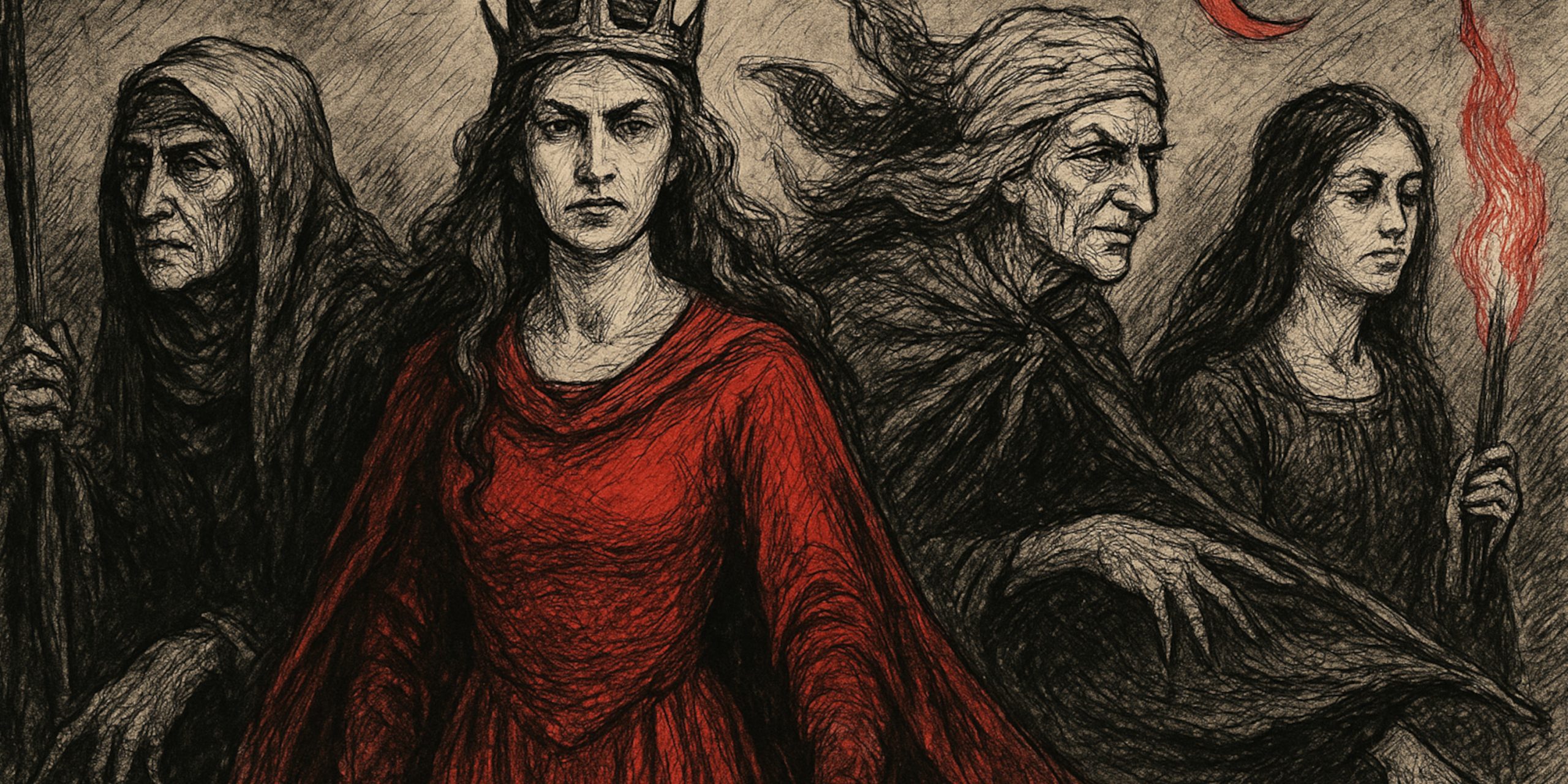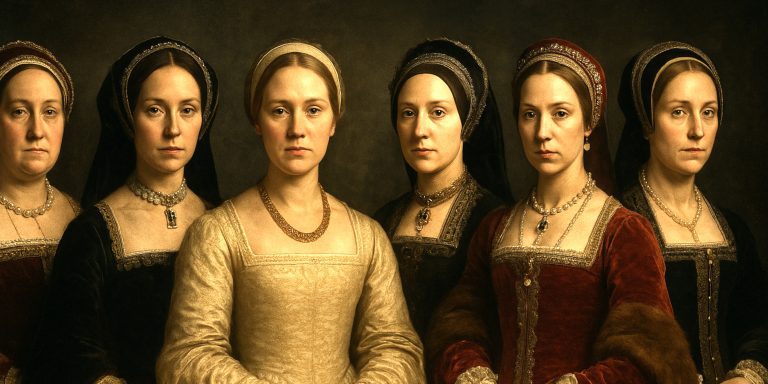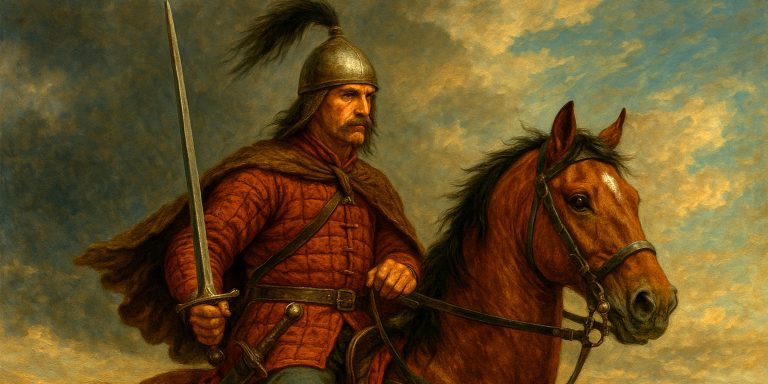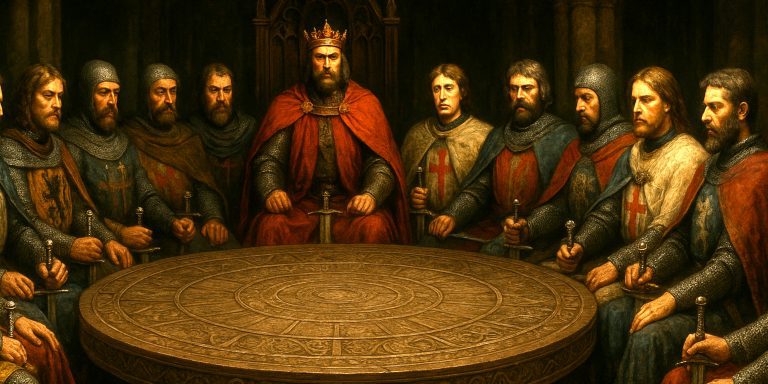
Witches have long haunted the edges of history, somewhere between myth and accusation. Some were real women condemned for crimes of fear and ignorance. Others were creations of folklore, steeped in night terrors and superstition. Together they form a lineage of power that terrified inquisitors and inspired storytellers. This is not a list of broomstick caricatures, but of the strongest witches ever known, drawn from legend, scripture, and the darker margins of recorded history.
Morgan le Fay
A half-sister to King Arthur, healer, enchantress, and political manipulator. Morgan le Fay occupies a curious space between saint and villain. In early Arthurian tales she was a learned woman of Avalon, capable of both curing and cursing with the same hand. Later Christian chroniclers turned her into a seductress, the kind of woman medieval clerics warned could ruin empires by whispering in the wrong ear.
Legacy:
- Symbol of female intellect and independence in a time when both were feared.
- Continues to shape modern portrayals of witches as both dangerous and divine.
Baba Yaga
The Slavic witch of the woods, Baba Yaga rides not on a broom but in a flying mortar, steering with a pestle and sweeping away her tracks with a broom made of birch twigs. She dwells in a hut that stands on chicken legs, an image so grotesque and powerful it has survived centuries of retelling. She is neither good nor evil. Heroes may seek her help, or find their bones decorating her fence.
Legacy:
- Embodiment of wild, pre-Christian nature magic.
- A reminder that witches are often guardians of thresholds, not destroyers of worlds.
Circe
Long before medieval witch trials, there was Circe, daughter of Helios, goddess of magic and transformation. In Homer’s Odyssey, she turned Odysseus’s men into pigs, which says more about sailors than sorcery. Her magic was rooted in knowledge of herbs and potions, the same skills that would later see women burned in Europe.
Legacy:
- The archetype of the enchanting witch.
- Proof that divine power and human fear have always been poor companions.
Tituba
A name whispered in Puritan fear. Tituba was an enslaved woman in Salem, accused of witchcraft in 1692. Her confession, extracted under duress, fanned the hysteria that led to dozens of deaths. Whether she was truly versed in folk magic or merely caught in the machinery of colonial paranoia, her role marks the moment where myth and injustice collided.
Legacy:
- A symbol of how witchcraft accusations served as tools of control.
- Her story endures as a warning about moral panic disguised as piety.
Hecate
The ancient Greek goddess of witchcraft, ghosts, and crossroads. Hecate was invoked by both the fearful and the devout. She held the keys to life, death, and fate, and was often depicted holding torches to light the way for souls. Later demonised by Christian writers, she became the prototype of the dark witch, though originally she was a guardian of boundaries and transitions.
Legacy:
- The mother of all later witch archetypes.
- Represents the power that lives in the spaces between worlds.
Mother Shipton
England’s own prophetess, born in a cave near Knaresborough in the 15th century, allegedly during a thunderstorm. She was said to foretell the Great Fire of London, the rise of Henry VIII, and the fate of nations. Her crooked nose and cackling image were largely inventions of pamphleteers, but her reputation endured long after her bones returned to the soil.
Legacy:
- Early example of witchcraft and prophecy entwined with popular media.
- Her cave remains a site of superstition and mineral curiosity to this day.
La Voisin
Catherine Monvoisin, better known as La Voisin, was a 17th-century French fortune-teller and poisoner. She provided potions, love charms, and, allegedly, black masses for the aristocracy. When exposed in the Affair of the Poisons, she was burned alive in 1680. The scandal reached into the court of Louis XIV, proving that fear of witches was not confined to peasants.
Legacy:
- A potent mix of genuine occultism and courtly corruption.
- Her downfall marked one of the last great witchcraft scandals in Europe.
Agrippa’s Sorceress: The Scholar’s Shadow
Heinrich Cornelius Agrippa, Renaissance scholar and occult philosopher, was said to have a familiar spirit in the form of a black dog. Some whispered that it was a witch bound to him, a spectral partner in forbidden knowledge. Whether literal or metaphorical, the legend captures the Renaissance fear of intellect itself, learning mistaken for sorcery.
Legacy:
- Reflection of how witchcraft accusations targeted scholarship and curiosity.
- The line between magician and heretic was often drawn in ink and blood.
Medea
A sorceress who betrayed her own father for love of Jason, only to later murder their children in revenge. Medea embodies the terrifying freedom of the witch, untamed, intelligent, and unrepentant. The Greeks both feared and admired her. To them, her power was divine, but her rage was human.
Legacy:
- Archetype of vengeance and control through knowledge.
- A tragic reminder that ancient myth rarely allowed powerful women happy endings.
The Seven Swords Takeaway
The witch, whether born of legend, trial record, or whispered folklore, has always stood at the fault line between fear and respect. These figures endure not because of their malice, but because they represent power without permission. History condemned them. Stories resurrected them. And in the long echo of superstition and storytelling, they remain immortal.



